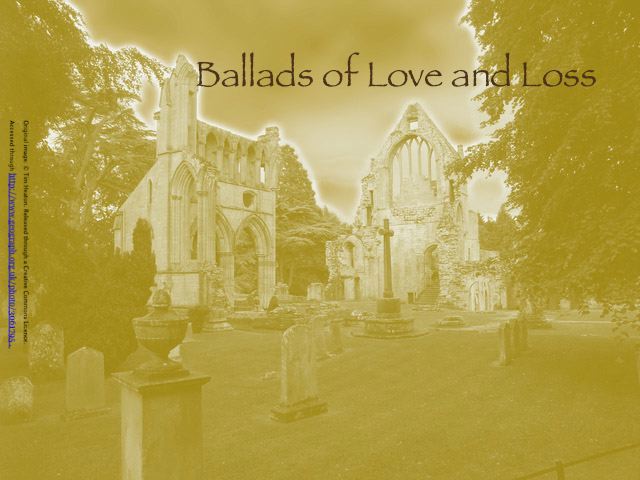The Broomfield-Hill
Sir Walter Scott first included part of this ballad in the 1802 ediiton, as part of “The Young Tamlane”. By 1803, he had removed the verses from “Tamlane” and had collated them into a more entire version of “The Broomfield-Hill”. This is a wager ballad – a young man and a young woman have made a pact that she can meet with him and return home a maid – that is, still a virgin. Trysts between men and women, whether by chance or arrangement, which occur outside the confines of bowers and castles, are often sexual, with the greenwood being the most common location where seduction takes place. The girl’s fear that she cannot win the wager, then, is entirely understandable.
Scott notes that a song entitled “Brume brume on hill” is mentioned in the Complaynt of Scotland, and it was also listed in the enigmatic Captain Cox’s ballads, which relate to ballads or songs known around the time of Elizabeth I of England. However, no entire version of such a ballad has survived that is known of, and the extracts which have come survived do not bear very much resemblance to versions of the ballad as it has come down to the present day. Broadsheet versions have survived and an 18th century broadsheet can be viewed, as part of the online English Broadside Ballad Archive.
Tradition
There is no one specific event connected with this ballad. However, the use of magic to ward off the knight’s advances can be traced through other tales and ballads from other countries, notably the Swedish “Sömnrunorna”, which is believed to date from the late seventeenth or early eighteenth century, and the Danish “Søvneruneme”, which was collected in 1847. Although the publication post dates the Minstrelsy, the singer was recorded as being 75 years old. Commentary on these ballads can be found in Francis James Child’s English and Scottish Popular Ballads.
Unlike ballads such as “The Young Tamlane”, the meeting between the hero and the heroine has been set between them. It is no chance meeting that brings the hero to the Broom-field Hill to wait for the girl. In some versions of the ballad, such as the fragment which was published in David Herd’s Ancient and Modern Scots Songs there is a wager: in Herd’s fragment five hundred merks and ten are at stake – no trifling amount.
In many English-language versions of this ballad, no reason is given for the deep sleep the hero falls into. In the Scandinavian ballads mentioned above, runes and spells are used to make her heroes stay asleep while they are with the heroines. In Scott’s version of the ballad. There is also suggestion that a spell has been cast over the hero from the inclusion of the witch woman in verse 4.
The hero talks to his horse and his hawk upon wakening, and they respond. Talking animals are rarer in the ballads than are talking birds, but they function in the same way as the standard character of the “auld man”, when met by a hero or heroine. Here, the animals have knowledge which the hero require. They know that it was the heroine who visited him in his sleeping state and that it is no use pursuing her, as she is has fled through the broom back, it is suggested, to safety.
